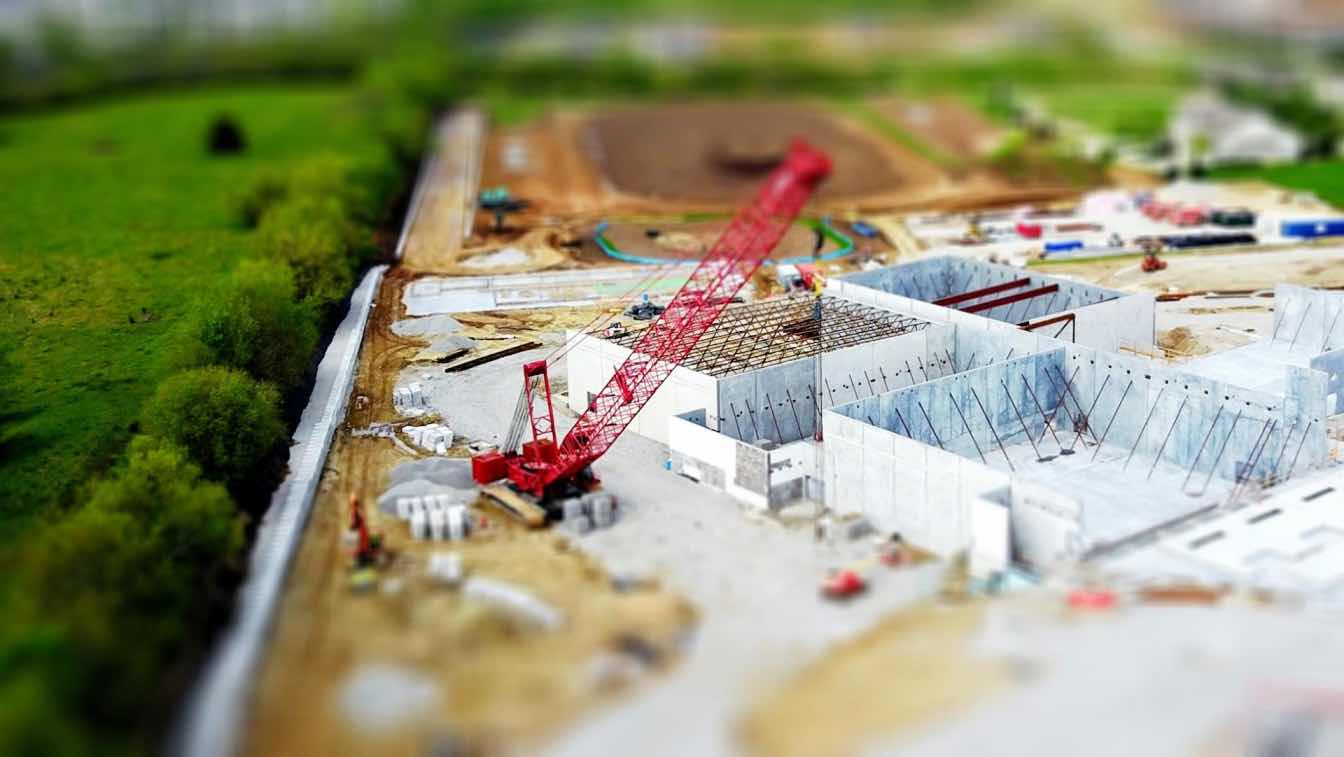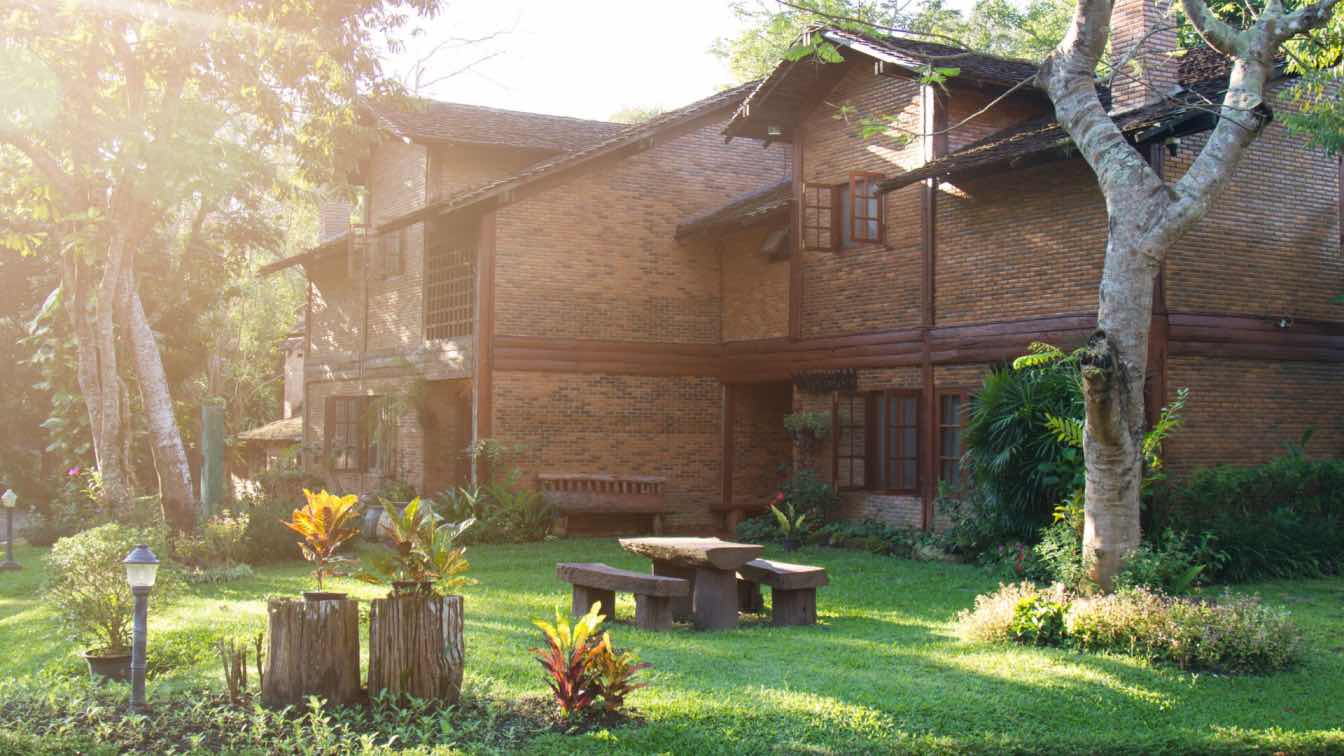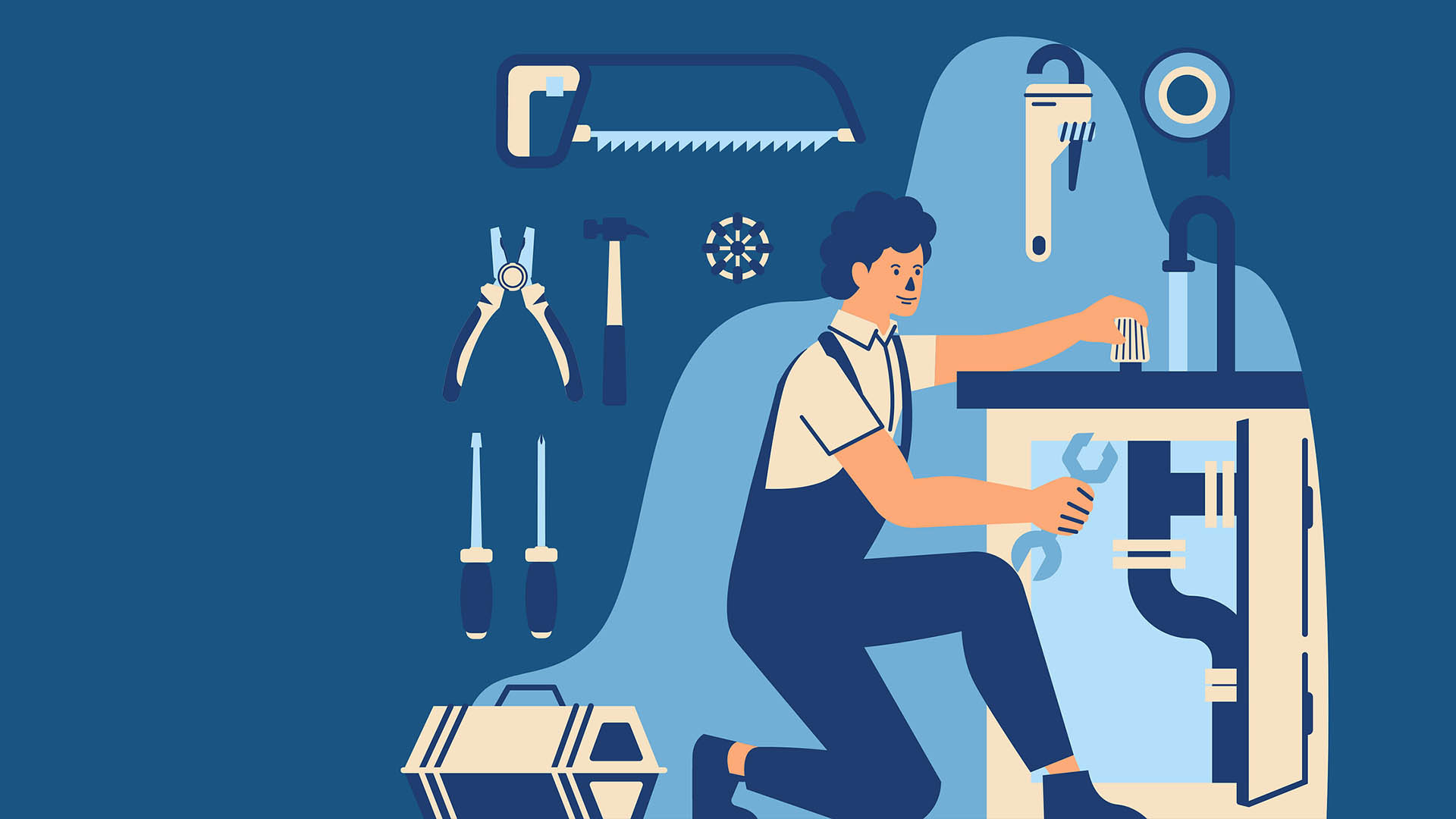You never know when disaster might strike, causing massive water damage to your home. Whether due to a natural calamity or a mundane issue like pipe-bursting, water can wreak havoc, distressing you and potentially ruining your valuable property.
However, there's an effective solution to get everything back in order. Professional restoration services act as a lifeline after such disasters, resolving damage issues and ensuring your living space is safe and comfortable.
Do you find yourself in need of such aid? Don't hesitate to reach out to experts like Water Damage Specialist who strive to lend their expertise ensuring maximum recovery from damages.
Spotting Water Damage
Excess humidity fosters mold, harms air quality, and signals infiltration troubles. Musty smells, wall stains, or floor warping often warn you of hidden leaks or persistent moisture needing urgent action. Water seepage jeopardizes structural integrity.
Signs to Note
Discoloration, peeling paint, and lingering dampness are strong indicators of moisture issues. Early checks prevent bigger repairs. Watch for structural shifts that compromise long-term stability or create hazardous living conditions. Action helps avoid mold infiltration.
Health Effects
Mold spores aggravate breathing troubles and prompt allergies. They release irritants that tax those with asthma or low immunity. Prolonged exposure raises risks, emphasizing the importance of prompt remediation and humidity control. Protect children, adults.
Preventive Actions
Fix leaks without delay, drying surfaces within two days. Eliminate compromised items, utilize dehumidifiers, and consider professional inspections. Timely interventions reduce structural threats and protect residents from respiratory complications.
Preventing Mold Growth
Vigilant moisture control remains vital for curbing mold. Address leaks promptly, remove standing water, and maintain dryness through continuous upkeep. Proper oversight prevents outbreaks that can undermine indoor safety and comfort.
Control Moisture Levels
Run dehumidifiers in basements, keeping relative humidity below half. Ventilate dryers and stoves outside, addressing condensation immediately. Swift responses reduce the likelihood of fungal expansion and safeguard healthier indoor environments.
Improve Airflow Indoors
Open windows for fresh air, use fans in moist rooms, and ensure steady ventilation around crawl spaces. Reducing trapped humidity lowers mold risk. Air circulation remains a cornerstone of effective household management.
Maintain Ideal Heat
Sustain living areas near twenty degrees Celsius, preventing chilling that encourages condensation. Warmer bathrooms stall moisture, and consistent heating deters fungal intrusion. Balanced temperatures fend off hidden damp spots and related property damage.
Addressing Fire Hazards
Combining sensible rules with supervised burns reduces wildland fire threats. Controlled actions safeguard property, lower overall risks, and support ecosystems that benefit from periodic, well-monitored cycles of vegetation management and hazard mitigation.
Proactive Measures
Targeted strategies integrate diverse agencies and expertise. Collaboration fosters uniform policies, efficient resource distribution, and smoother emergency responses. Comprehensive cooperation ensures decision-makers can rapidly address extensive wildland fire complications before they escalate.
Community Plans
Local authorities craft Community Wildfire Protection Plans, emphasizing structural hardening and practical fire-safe construction. These guidelines guide fuel management, strengthening public safety.
Securing Storm Recovery
Mobilizing responsibilities, stabilizing essential lifelines, and uniting collaborators forms the backbone of structured storm recovery. This approach follows recommended guidelines, boosting coordination for sustainable rebuilding when severe weather inflicts broad damage. Active partnerships expedite solutions.
What defines clear roles?
A standardized system designates tasks for each agency, stakeholder, or partner. Shared objectives guide collaboration, ensuring cohesive contributions to community welfare. Clarity avoids gaps, overlaps, or confusion in pressing situations. Chains of command instill confidence.
Which key lifelines need protection?
Prioritize energy, water, communications, and transportation. Quick restoration ensures orderly recovery and community morale. Safeguarding essential systems enables residents to resume daily life, fueling faster economic rebound after disruptive storms. Well-being hinges on stable infrastructure.
How do Federal roles assist?
They organize leadership groups, harmonize agencies, and supply critical funding during declared emergencies. This collective support speeds recovery, easing local burdens. Coordinators unify efforts, ensuring efficient rebuilding through specialized knowledge and shared resources.
Why emphasize thorough recovery planning?
Inclusive strategies encourage risk mitigation and future adaptability. Robust planning fosters safer neighborhoods better able to endure shifting conditions. Visit official guidance for details on strengthening community resilience. Informed decisions protect vital systems.
Ensuring Timely Response
Swift action after disasters prevents further damage and curtails mold spread. Your home's walls, floors, and key structures need immediate attention. Delays magnify costs, risking deeper structural issues that complicate restoration efforts. Act decisively.
High-pressure tactics push rushed agreements or upfront payments. However, you deserve time to compare quotes, verify credentials, and protect yourself. Quick deals risk poor workmanship or hidden fees hurting your budget. Always confirm written guarantees.
Gather progress updates: Keep photos, videos, and notes.
Check contractor validity: Confirm licensing, insurance, reliable references.
Read contracts thoroughly: Note costs, timelines, and obligations.
Avoid upfront payments: Credit cards add security layers.
Compare estimates: Consistent communication fosters trust.
Contact insurance professionals for itemized estimates. Confirm start dates before payments. Proper documentation safeguards your interests, supporting fair coverage if disputes arise. Request clarity on deductibles, ensuring smoother claim resolution. Maintain thorough logs for reviews.
Define deadlines and track progress throughout repairs. Keep open communication with contractors for timely updates. Clear expectations help prevent misunderstandings, ensuring work aligns with your needs.
Managing Insurance Claims
Organize pertinent evidence to ease complex insurance processes. Capture thorough photos and videos, note dates, and keep logs to simplify claim evaluations under pressure. Detailed records protect your eligibility for coverage. Accurate documentation expedites settlements.
Frequent communication clarifies coverage terms and ensures timely status updates. Collaborate respectfully, understand policy language, and facilitate quicker settlements. Minimizing disputes benefits urgent restoration. Transparent dialogue fosters trust in challenging recovery scenarios. Questions reduce misinterpretations.
1. Document Thoroughly: Collect pictures, videos, and receipts for proof.
2. Build Adjuster Relationships: Maintain open dialog for smoother decisions.
3. Clarify Policy Terms: Understand coverage limits for fewer setbacks.
4. Follow Standards: Adhere to IICRC practices, meeting insurer demands.
Act quickly if secondary issues arise, preventing further property loss. Anticipate insurer inquiries and respond promptly for smoother resolutions. Consistent updates enable better cooperation and solidify trust during stressful restoration phases. Document to reinforce validity.
Maintaining Safe Environments
Minimize infection risks and control contamination by implementing thorough cleaning routines. Compare vulnerability levels, assess exposure potential, and customize approaches accordingly. Frequent disinfection of critical spots prevents microbes spreading among occupants. Regular evaluation meets guidelines.
Focus on high-contact surfaces and shared equipment, adjusting frequency based on overall exposure. Healthcare providers, visitors, and patients benefit from consistent hygiene practices. Evaluate procedures to ensure they align with evolving standards. Tailor procedures properly.
You streamline tasks by starting from cleaner areas before moving to dirtier zones. This method prevents cross-contamination and maintains effective sanitation. Standard checklists or job aids confirm thorough coverage in critical spaces. Inspection identifies gaps.
|
Area |
Risk Level |
Cleaning Frequency |
|
Patient Zone |
High |
Frequent |
|
Shared Equipment |
Moderate |
Routine |
|
Visitor Seating |
Low |
Regular |
|
Corridors |
Low |
Regular |
|
Guidelines differ by facility |
||
This process aligns with key infection prevention protocols, reducing harmful microorganism spread effectively. By addressing each zone methodically, you maintain safe settings that guard occupant wellbeing and productivity under various challenges. Refine directives as needed.
Your Essential Rescue
As you face the aftermath of any disaster, it's vital to have trusted professionals by your side. They help minimize damage, expedite recovery, and create safer conditions. Learn more about prompt services at Water Damage Specialist so you can rapidly reclaim comfort, peace of mind, and sustain confidence today.





